8 Alternatives in 2025 to Isotroin: What Works When You Can’t Take Isotroin?
Isotroin has been the go-to for stubborn, cystic acne, but not everyone can or wants to take it. Whether your skin can’t handle the side effects, you’re pregnant, or your doctor said no, skipping Isotroin doesn’t mean you’re out of luck. The good news? It’s 2025, and there are real alternatives that actually get results.
Maybe you’ve already tried five different face washes and spot treatments. Or maybe you’re new to the whole acne game and just want something that works without wrecking your body. There are options, and some of them might surprise you.
This guide pulls together the most legit alternatives to Isotroin. You’ll see what each one brings to the table, who should consider what, and the stuff your dermatologist probably didn’t mention in the first appointment.
- Topical Retinoids
- Antibiotic Creams
- Oral Antibiotics
- Hormonal IUDs/Combination Pills
- Spironolactone
- Azelaic Acid
- Dapsone Gel
- Light and Laser Therapies
- Head-to-Head: A Quick Comparison
Topical Retinoids
If you’ve heard about Isotroin alternatives, topical retinoids are probably what your dermatologist suggests first. These creams or gels work by unclogging your pores, forcing your skin to shed dead cells quicker, and shrinking red or inflamed spots. The most common ones in 2025 are adapalene, tretinoin, and tazarotene. Yep, you can even get adapalene (like Differin) over-the-counter these days—no need to beg for a prescription.
Most people see improvement in their acne within 8 to 12 weeks, but don’t get discouraged if you purge at first. That means more breakouts might pop up before your skin clears. It’s annoying, but it means the retinoid is working under the surface.
If you want to make these retinoids work without frying your face, easing into them helps. Apply a thin layer every other night at first. Moisturize after to help with dryness. Sunscreen is a must—these creams make your skin more sensitive to the sun. If you skip protection, you risk ending up with irritation or dark spots.
One cool fact: Topical retinoids don’t just help treat acne—they can knock down oil production and even help fade stubborn dark marks.
Pros
- Easy to use at home—no needles, no doctor visits for every tube.
- Reduces clogged pores, blackheads, and whiteheads effectively.
- Boosts skin cell turnover, tackling leftover marks and spots.
- Rarely causes serious side effects compared to oral medications.
Cons
- Can cause dryness, redness, or peeling, especially at the start.
- Sun sensitivity goes up—a lot. Daily sunscreen isn’t optional.
- Results take time, sometimes 3 months or more.
- Not as strong as Isotroin for the deepest cystic acne.
| Brand Name | Main Ingredient | OTC/Prescription |
|---|---|---|
| Differin | Adapalene 0.1% | OTC |
| Retin-A | Tretinoin | Prescription |
| Fabior | Tazarotene | Prescription |
If your breakouts mostly hover around your forehead, cheeks, or chin, it’s worth giving a retinoid a go before moving to stronger stuff.
Antibiotic Creams
If you’ve ever seen a derm for acne, they probably talked about antibiotic creams. These are topical medicines like clindamycin or erythromycin that go right onto breakout zones. They knock down acne-causing bacteria (especially the P. acnes bug) and help calm down redness and swelling pretty quickly. For some folks, they’re the first real step up from drugstore spot treatments.
The trick is consistency. You usually have to apply them once or twice a day, and skipping doses means the bacteria can bounce back. Dermatologists sometimes pair them with things like benzoyl peroxide, which makes the cream work even better and cuts the risk of bacteria becoming resistant—a real problem with long-term use.
Here’s something you might not catch on social media: antibiotic creams work best for mild to moderate acne, not severe cystic breakouts. So if you’re looking for an Isotroin alternative for really deep or painful acne, this route probably isn’t strong enough.
Pros
- Easy to use, just dab it on as directed
- Fewer whole-body side effects compared to oral antibiotics
- Can help with redness and swelling within a week or two
- Often used successfully with other treatments, like benzoyl peroxide
Cons
- Bacterial resistance can develop with long-term use
- Not strong enough for deep, cystic acne cases
- Skin irritation (dryness, peeling, redness) is possible, especially early on
- Needs daily commitment, or results drop off
| Common Antibiotic Creams | Type | Usually Paired With |
|---|---|---|
| Clindamycin | Topical Antibiotic | Benzoyl Peroxide |
| Erythromycin | Topical Antibiotic | Benzoyl Peroxide, Retinoids |
Pro tip: always use as your doctor prescribes, and call them up if your skin gets super irritated or if you’re not seeing improvement in a month or two. Swapping up routines early can make a big difference with acne medication.
Oral Antibiotics
When Isotroin alternatives are what you need, oral antibiotics almost always pop up in the conversation—especially if your breakouts are deep, widespread, or just not responding to topicals alone. Docs often hand out meds like doxycycline, minocycline, or sometimes even erythromycin to help cut down the bacteria (mainly P. acnes) that fuel those stubborn zits. The trick? These work from the inside out, meaning they can also tackle inflammation under the skin where creams just can’t reach.
Most people start to notice improvement after about 4 to 6 weeks. But here’s the thing: antibiotics aren’t meant as a forever solution. Use them too long, and you’re looking at antibiotic resistance—basically, your bacteria start to laugh at the meds instead of dying off. That’s why most dermatologists pair them with a topical retinoid or benzoyl peroxide to keep the bacteria guessing—and, honestly, to get better results in general.
Who’s a candidate? Usually folks with moderate to severe acne, or if you’ve tried a bunch of topicals with no luck. These won’t work well for hormonal acne alone, cysts that come right before your period, or for the little stuff like blackheads. Also, side effects range from stomach aches to sunlight sensitivity. Rarely, you might see some more serious stuff, but that’s not too common.
Pros
- Reduce inflammation rapidly—sometimes within a month
- Clear up deeper breakouts standard creams can’t touch
- Can be used with topicals for a more powerful punch
- Usually well-tolerated for short-term use
Cons
- Not a long-term fix—bacteria can develop resistance over time
- Some risk of side effects like stomach upset, yeast infections, or sunburns
- Doesn’t work for all types of acne, especially hormonal
- May require regular check-ins with your doctor
| Antibiotic Name | Typical Use Duration | Main Benefit | Notable Risk |
|---|---|---|---|
| Doxycycline | 3-6 months | Reduces inflammation fast | Sunlight sensitivity |
| Minocycline | 3-6 months | Works for stubborn acne | Possible dizziness/headaches |
| Erythromycin | 2-4 months | Good for those allergic to others | Digestive upset |
If you need something that works quick and you don’t want to mess with Isotroin, oral antibiotics can be a decent step while you and your dermatologist figure out the long-term game plan.
Hormonal IUDs/Combination Pills
If your acne tends to flare up around your period, you’re not just imagining things. For a lot of people, hormones run the acne show. That’s where Hormonal IUDs and Combination Pills come in—they can help even out the hormonal rollercoaster and take down stubborn breakouts. Both are legit birth control options, but they do a lot more than just prevent pregnancy.
Combination pills are those classic birth control tablets with both estrogen and progestin. They keep your hormone levels more stable, which can cut down on oil production and clogged pores. On the other hand, hormonal IUDs give off a steady, low dose of hormones right where they’re needed, so you don’t have to take a pill every day. Some studies have shown that about 50-60% of women on combination pills see clearer skin after a few months. Hormonal IUDs aren’t as proven for clearing acne, but they can still help, especially for those who get hormonal breakouts.
The catch? These aren’t for everyone. Some people get side effects, and not every type of pill will work for every person. And you’ll need a prescription—this is definitely something to talk through with your doctor or dermatologist before starting.
Pros
- Can clear up acne caused by hormone shifts (think period breakouts or jawline acne)
- Double duty: birth control and acne control at the same time
- Cycle gets more regular, which means fewer surprise breakouts
- Convenient—especially the IUD since it can last years
Cons
- Not safe or recommended for everyone (blood clot history, smokers, certain health issues)
- Potential side effects like mood swings, spotting, or breast tenderness
- Can take a few months to see real acne improvement
- You need a doctor’s visit to get started, especially for the IUD
For those struggling with acne that just laughs at over-the-counter stuff, hormonal methods are honestly a solid option. Just be ready for a chat with your healthcare provider to figure out if it’s the right fit for your body and skin. Isotroin alternatives like this can make a night-and-day difference—especially if hormones are your main acne trigger.
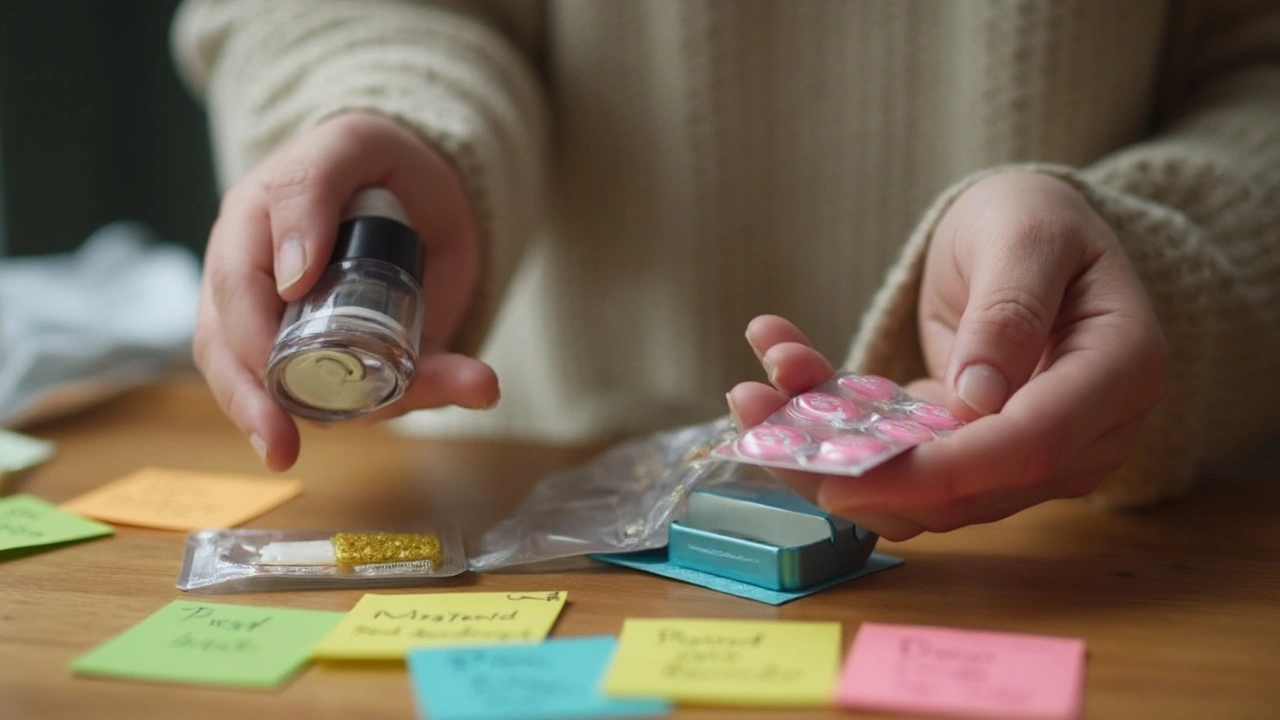
Spironolactone
Spironolactone is one of the most popular oral meds people turn to as a backup when Isotroin alternatives are needed, especially for women with stubborn hormonal acne along the jawline and chin. It's mainly a blood pressure drug, but dermatologists started noticing it also helped clear up acne, so now it’s widely prescribed for that purpose.
This pill works by blocking certain androgens (male hormones) that are a major trigger behind hormonal breakouts. Lowering these hormone levels means less oil, fewer clogged pores, and calmer skin over time. It's not a quick fix—most people need to stick with it for 2-3 months before seeing real results—but once it starts working, flare-ups drop noticeably.
Doctors rarely use spironolactone for guys because it can cause unwanted hormone changes. For women, though, especially anyone struggling with polycystic ovary syndrome (PCOS) or unpredictable hormonal swings, it’s often one of the top acne medication picks after antibiotics and birth control pills.
Pros
- Targets hormonal acne, especially along the jaw and chin
- Can also help with oiliness and hair issues like hirsutism
- Doesn’t have the harsh side effects or monitoring that comes with Isotroin
- Works for people who can’t take certain antibiotics or hormones
Cons
- Mainly for women; not recommended for most men due to risk of feminizing side effects
- Can raise potassium levels, so you’ll probably need blood tests at the start
- Might cause irregular periods, breast tenderness, or fatigue
- Takes a while—don’t expect overnight results
| Who Is It For? | Main Benefit | Typical Onset |
|---|---|---|
| Women with hormonal acne (esp. adults) | Reduces breakouts by blocking androgens | 2–3 months |
If your breakouts get worse before your period or show up in the same spots every month, spironolactone could be what finally works. It’s not just another facial cream—this one tackles the root hormonal trigger, which is why it’s such a staple in the acne solutions conversation for 2025.
Azelaic Acid
Azelaic acid slides under the radar for a lot of people, but this stuff pulls more weight than you’d think. It’s a naturally occurring acid found in grains—think barley, wheat, and rye. But when it comes to skin care, labs make it in a more concentrated and safe-to-use form. Dermatologists usually suggest it as a solid option when antibiotics and stronger meds like Isotroin alternatives aren’t the best choice—especially for sensitive skin types.
So, what does azelaic acid do? It’s mostly known for fighting acne by killing bacteria (specifically Cutibacterium acnes) and clearing out clogged pores. It’s also a pro at fading red marks and spots left behind after breakouts. Unlike the harsher stuff, azelaic acid usually doesn’t make your face peel off or feel super irritated. You’ll commonly see it in gels and creams (15%-20% strength), prescribed by dermatologists or bought over-the-counter in lower doses.
Pros
- Gentler than many other acne medications, with fewer harsh side effects.
- Works on both inflamed acne and leftover dark spots (post-inflammatory hyperpigmentation).
- Safe for all skin tones and types, including sensitive skin.
- Doesn’t usually trigger antibiotic resistance.
- Can be used long-term, and even by pregnant individuals (ask your doctor to be sure).
Cons
- Improvements show up slowly—it can take two to three months to really see a change.
- Might cause mild stinging, dryness, or itching in the first couple of weeks.
- Won’t budge severe or cystic acne on its own.
- Some folks find OTC strengths a bit too mild for stubborn acne.
| Formulation | Typical Prescription Strength | Over-the-Counter Strength |
|---|---|---|
| Cream/Gel | 15% - 20% | 10% |
If you’re looking for an easy add-on to your acne solutions routine—especially if harsh treatments leave your skin cranky—azelaic acid might be worth a shot. Just give it time, and don’t expect overnight miracles. Combine it with other Isotroin alternatives for better results, especially if your breakouts are more on the severe side.
Dapsone Gel
When it comes to Isotroin alternatives, dapsone gel stands out because it’s not your basic spot cream. Originally used for treating certain infections, doctors realized dapsone could also fight acne—especially the kind that’s red and inflamed. You’ll usually find this gel in concentrations like 5% or 7.5%. It’s designed for people who can’t handle standard retinoids or antibiotics, and it can work right alongside other treatments.
Dapsone gel doesn’t bleach your towels, unlike benzoyl peroxide—small win! The way it works is pretty cool: it fights both inflammation and bacteria at the same time. But it mostly shines on those stubborn red bumps (papules and pustules), rather than blackheads or clogged pores. You just dab it on once or twice a day, and you’re good.
Pros
- No risk of antibiotic resistance, so you can use it long-term.
- Safe for a wide range of ages, even for teens.
- Usually doesn’t upset sensitive skin as much as some other acne meds.
- Can be layered with other topical treatments for a custom routine.
Cons
- Tends to be pricier than old-school options.
- Sometimes causes temporary yellow skin if mixed with benzoyl peroxide.
- Takes a few weeks to see real results; not a fast fix.
- Still need a script, so doctor’s visit is a must.
How well does it work? In studies with over 2,000 acne patients, those using dapsone gel saw about a 50-60% reduction in inflamed pimples after 12 weeks. Not bad for something you just dab on, right? If you’re looking for acne medication that skips the harsh side effects, dapsone might be worth a shot.
Light and Laser Therapies
If you want to skip pills and creams, light and laser therapies are some of the hottest Isotroin alternatives in 2025. These options are big with people who want fewer side effects and care about long-term results. Dermatologists have gotten more skilled with lasers—not just zapping pimples, but actually shrinking oil glands and fighting bacteria under the skin.
There are a few main types you’ll run into:
- Blue light therapy: Targets the P. acnes bacteria that causes breakouts. No downtime, mild to moderate results if you’re consistent.
- Red light therapy: Used to calm inflammation. It helps if you’re dealing with red, angry spots more than just blackheads.
- Pulsed-dye and ND:YAG lasers: Go deeper to reduce redness, shrink oil glands, and smooth out scars. These packs more punch if you’re dealing with cystic or stubborn inflammatory acne.
The catch? Results depend on your skin and which type of acne you have. It’s not a magic instant fix. Most need a series of treatments—they’re not one-and-done. Still, studies in the last year showed up to 70% of adults with moderate to severe breakouts saw visible improvements with blue/red combo sessions.
If you’re curious about the numbers, check this out:
| Therapy | Average Number of Sessions | Average Improvement (%) |
|---|---|---|
| Blue Light | 6–10 | 60% |
| Red Light | 6–10 | 45% |
| Laser (ND:YAG, Pulsed-dye) | 3–6 | 70% |
Insurance usually doesn’t cover this, and each session ranges from $80 to $400 depending on where you go. That’s a chunk of change, but if nothing else has worked, a lot of people say it’s worth it for the clearer skin—especially since these treatments skip the long list of systemic side effects you see with oral acne medication.
Pros
- Minimal downtime—go right back to work or school
- No hormonal or internal side effects
- Targets acne bacteria and oil at the source
- Improves both breakouts and post-acne marks for some
Cons
- Can get pricey if you need multiple sessions
- Not always covered by insurance
- Results vary a lot between people
- Needs maintenance treatments for long-term results
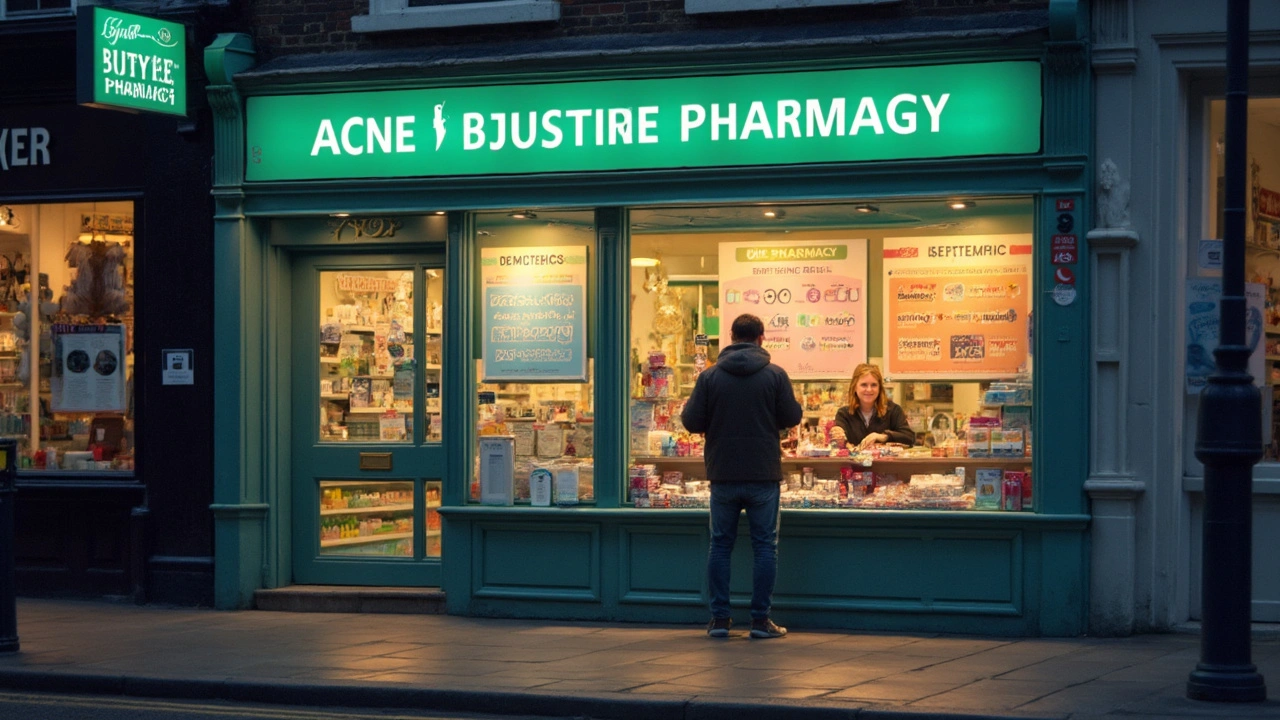
Head-to-Head: A Quick Comparison
There’s no magic cure-all when it comes to Isotroin alternatives, but pitting them side by side makes it easier to spot what’s worth a shot and what might be a hassle. Here’s a look at how the most popular options measure up for real-world users dealing with tough acne.
| Alternative | Main Use | How Fast It Works | Best For | Common Drawbacks |
|---|---|---|---|---|
| Topical Retinoids | Unclog pores, speed cell turnover | 4-8 weeks | Most acne types | Irritation, dryness, needs consistency |
| Antibiotic Creams | Reduce bacteria & inflammation | 2-6 weeks | Inflamed or red acne | Resistance risk if overused |
| Oral Antibiotics | Bacteria/Inflammation control | 1-2 months | Moderate to severe breakouts | Gut issues, resistance, not long-term |
| Hormonal IUDs/Combination Pills | Balance hormones, reduce oil | 3-6 months | Hormonal acne, need for birth control | Hormone side effects, requires doctor |
| Spironolactone | Blocks androgen hormones | 1-3 months | Women with jawline/chin acne | Needs monitoring, can cause dizziness |
| Azelaic Acid | Kills bacteria, lightens spots | 6-12 weeks | Sensitive skin, redness-prone types | Mild burning, takes patience |
| Dapsone Gel | Fights inflammation | 4-12 weeks | Red, inflamed pimples | Drying, rare blood-related side effects |
| Light & Laser Therapies | Targets bacteria, shrinks oil glands | Weeks (after few sessions) | Deep, stubborn acne nodules | Cost, often needs repeats |
Here’s what to watch for when making your pick:
- Hormonal options like IUDs or pills only work if your breakouts are tied to monthly cycles, jawline flare-ups, or other hormone issues. They do double duty as birth control, which matters for a lot of users.
- Topical retinoids usually need patience, but they stick around as a gold standard for a reason: they keep pores clear and fight aging too.
- Oral and topical antibiotics bring quick results if your acne is angry and inflamed, but dermatologists stress not to rely on them forever, or your skin bacteria get smarter and harder to beat.
- If you’ve got sensitive or redness-prone skin, azelaic acid and dapsone gel cause less irritation while getting to the root of inflammation.
- Don’t write off light and laser therapies for really deep, scarring acne. They cost more but skip the side effects long-term meds can have.
No Isotroin alternative is one-size-fits-all. Matching your acne severity, skin type, and lifestyle usually gets you better, longer-lasting results. Still lost? Bring this comparison table to your next derm visit and talk through the pros and cons based on what your skin has actually done in the past.

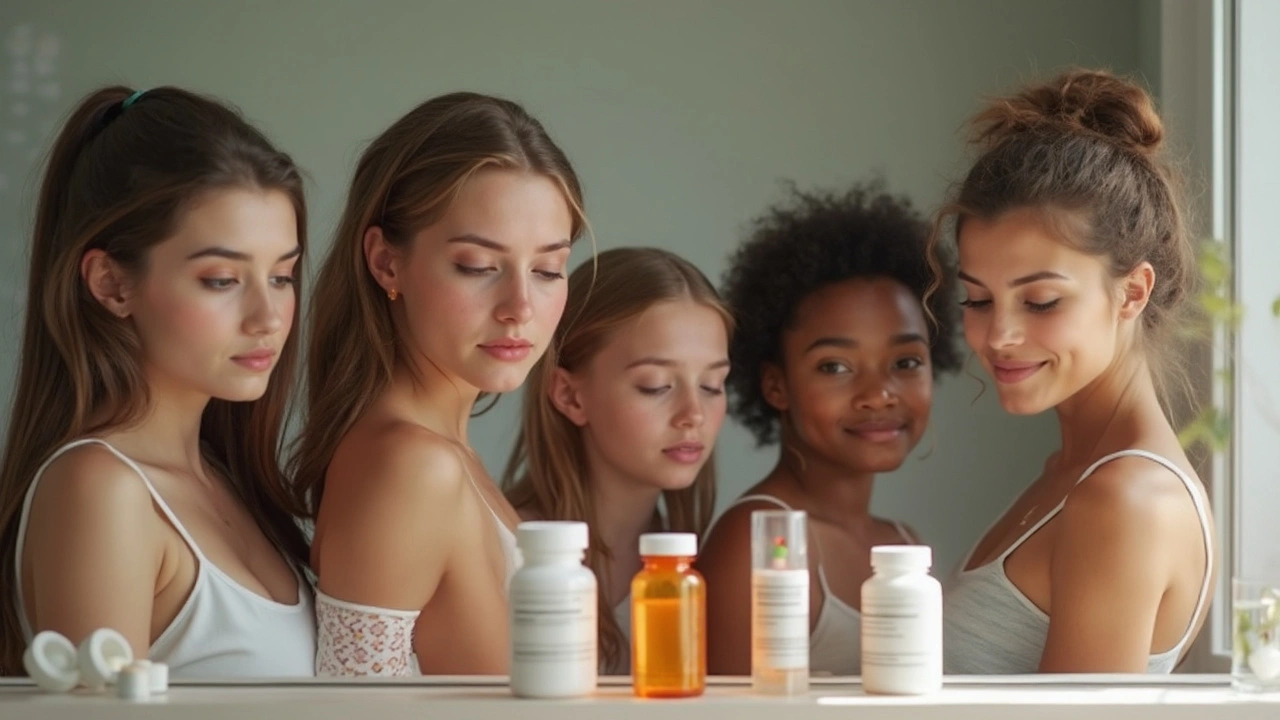

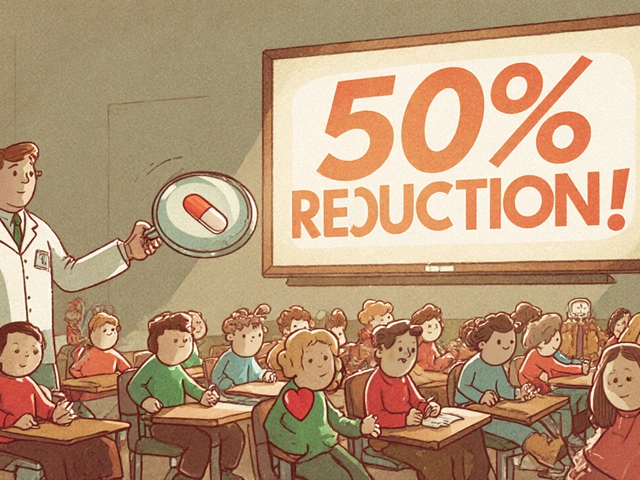
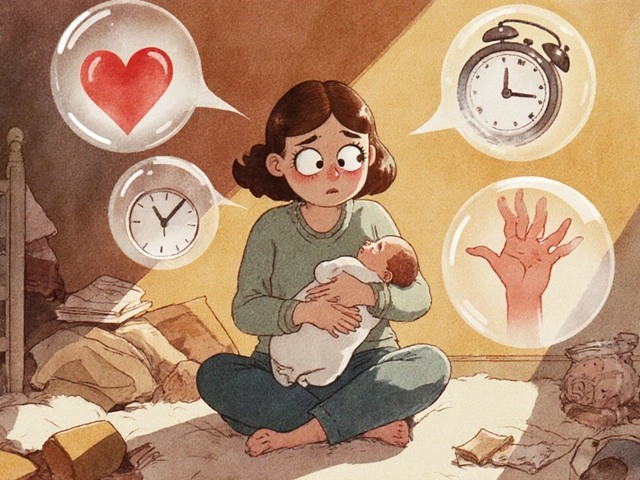
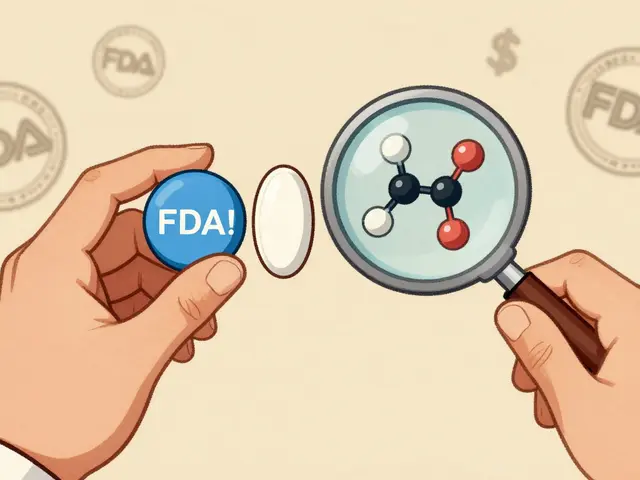

11 Comments
John Keough
July 18, 2025 at 05:08
Wow, this post is really timely! Finding a good alternative to Isotroin has been quite the quest for many. I appreciate how this article breaks down the options, giving us the pros and cons clearly.
I've always wondered about the hormonal treatments mentioned—how risky are they compared to isotretinoin? And for those who can't do oral meds, how effective are the topical solutions really? Would love some anecdotal experiences if anyone has switched away from Isotroin.
Also, are there any new natural or lifestyle alternatives creeping into the conversation? Something less intimidating would be great for beginners.
Mark Eddinger
July 20, 2025 at 10:26
Great post laying out the alternatives! From a clinical perspective, the landscape of acne treatments beyond Isotroin has really evolved over the years.
For example, some of the newer topical retinoids have shown promising efficacy with fewer side effects—making them suitable for patients sensitive to systemic medications. Additionally, hormonal treatments like spironolactone can be very effective, especially for female patients dealing with hormonal acne.
However, it’s crucial to understand that no treatment is one-size-fits-all. The article rightly points out the need to weigh benefits and drawbacks for each option.
Has anyone here worked with dermatologists who customize a multi-pronged approach? That often yields the best outcomes.
Michelle Weaver
July 22, 2025 at 18:00
Hey folks! Just chiming in to add some cultural context 🌍💡
In certain communities, access to Isotroin alternatives can be limited due to regulatory or economic reasons. So, knowledge of effective and affordable options becomes lifesaving.
Also, combining dietary adjustments and topical therapies has been embraced successfully by many here. Though not a fix-all, it nurtures skin health holistically alongside medical treatments.
Don’t hesitate to reach out to your healthcare provider to explore these layered strategies!
Hope this helps and good luck to everyone finding their skin’s savior in 2025!
😊Nicole Povelikin
July 25, 2025 at 01:33
Ok so, I gotta say, I’m not totally convinced these "alternatives" are all that.
Like, yes, there ARE options but often they come with their own drama. Hormonal treatments? I mean really, do we wanna mess with that stuff if we can help it? Topicals? Most just make your face feel like a desert.
Sometimes I think it’s just easier to tough it out or invest in some fancy skincare routines rather than jumping ship to something else that might not work any better.
Anyway just my two cents. Has anyone actually seen a miracle from these alternatives without side effects? Because I sure haven’t.
Riley Fox
July 27, 2025 at 09:06
Ah, the perennial debate over isotretinoin and its substitutes—philosophically fascinating how we chase the perfect cure.
One must ponder: do these alternatives truly address the root dermatological condition, or merely mask the epidermal symptoms temporarily?
The article attempts a practical approach, which I appreciate, but let us not forget the profound consequences of systemic hormonal manipulation.
Nevertheless, to those braving this skin odyssey, may your journey be less fraught with adversity, and more enlightened by empirical wisdom. :-)
Montague Tilmen
July 29, 2025 at 16:40
Frankly, I think folks looking for an isotretinoin alternative are just taking the easy route. We’ve got powerful meds and therapies developed right here with solid science backing, yet everyone’s scrambling for substitutes instead of committing fully.
Why settle for half-measures when you could tackle the problem head-on? Alternatives might sound safer but often won’t deliver the results many want.
Just my perspective, but sometimes you gotta face the tough medicine and get real results.
Jeremiah Morgan
August 1, 2025 at 00:13
While I appreciate the strong opinions here, it’s important to recognize how personal acne treatment is.
Isotretinoin is effective but carries heavy side effects, which for some are simply not worth the risk.
It's encouraging to see more options emerging that provide safer profiles, even if a bit less dramatically effective.
The ultimate goal is helping individuals feel confident and comfortable in their skin, and varied treatments help achieve that.
Let’s support each other in this journey rather than dismiss alternatives outright!
nina greer
August 3, 2025 at 07:46
Honestly, the article’s list seems rather pedestrian, doesn’t it?
Most alternatives to isotretinoin struggle to measure up, precisely because they lack that singular, transformative efficacy.
I’d argue the real innovation lies outside traditional treatments—perhaps personalized gene therapies or cutting-edge biologicals.
Until then, these options feel like compromise at best.
Clarise Wheller
August 7, 2025 at 22:53
I find this article really useful — it’s clear and approachable for someone like me who isn’t a medical expert but wants to understand the options.
It’s especially helpful that it highlights potential catches, so people can make informed decisions instead of jumping in blindly.
Does anyone have recommendations on combining topical treatments with hormonal approaches safely?
I’m considering that but worried about interactions.
Thanks in advance for any insights!
David Stephen
August 12, 2025 at 14:00
One thing I appreciate about this discussion is the focus on individualized care.
While isotretinoin often dominates the conversation, it’s not always suitable or accessible to everyone.
Exploring alternatives, knowing their benefits and limits, empowers patients and doctors alike.
Collaboration between patient and dermatologist is key to figure out what combination or alternative works best without unnecessary risks.
Anyone here tried integrating some of these options long-term? Would love to hear about stability and maintenance experiences.
Mark Eddinger
August 14, 2025 at 21:33
Responding to the question about combining topicals and hormonal treatments—this can definitely be done but requires careful monitoring.
Topical retinoids and antibiotics often complement hormonal therapies well, but individual responses vary.
Keep in mind that some topical agents can cause irritation, which might compound with hormonal fluctuations.
Having a dermatologist customize the regimen and schedule follow-ups is ideal to adjust as needed.
Safety first, but the combination can enhance effectiveness if managed properly.